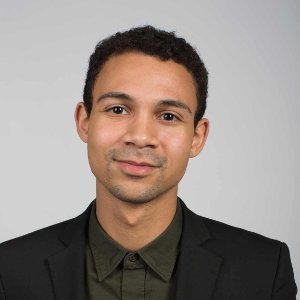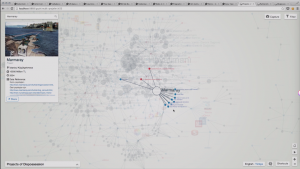For this weeks Looking Outwards post, I’m going to write about Deray Mckesson and Samuel Sinyangwe. What’s funny is that I just randomly stumbled upon the video of this talk, but this isn’t actually the first time I’ve heard about Deray Mckesson. In fact, back when the Black Lives Matter movement was being stirred up on twitter because of Mike Brown, I happened to see some of Deray’s tweets and even followed him for a bit. I didn’t even recognise him at first until he posted the image of his tweets in the talk, and then I thought “oh wait I know this guy”.
Deray Mckesson is a civil rights activist, an active protester, and a member of the Black Lives Matter movement (of which I also actively support of course). He studied government and legal studies at Bowdoin College. Samuel Sinyanwe is also a civil rights and racial justice activist, graduating from Stanford where he studied race and how it intersects with politics, society and class. Samuel is also a member of the Black Lives Matter movement. Together they founded the project, “Mapping Police Violence”. For a more extensive biography on the two, you can go here.
Here is a link to the website.
What I admire the most about their work, is because it pertains to human rights. I’m actually very big on social justice and issues like these, was a member of my high school’s social justice and activism club and I helped to put on events that would spread awareness of issues like these. I think what these two are doing is admirable because a lot of the time people sweep issues like these under the rug because they have the privilege of it not affecting them. Mapping Police Violence is admirable because it raises awareness of the current issue of racially charged police violence in America. Looking at the figures and statistics kind of shoves in your face that there is an immediate problem, and denying the existence of these issues can’t work when the facts are right there.
How they present their work is by getting right to the heart of the matter and present the facts. Personally I think this is very effective. If I get into an argument with someone about the Black Lives Matter movement, for example (and this happens a lot more than I would like), I have somewhere to go where I can immediately just pull facts. People always ask for the facts, you can’t argue with someone or present a point without backing it up factually.
Here are some images from the Mapping Police Violence project website:


Here the eyeof video:
Some of their other projects besides Mapping Police Violence include:
Check The Police
Protesters Progress

![[OLD – FALL 2016] 15-104 • COMPUTING for CREATIVE PRACTICE](../../../../wp-content/uploads/2020/08/stop-banner.png)



